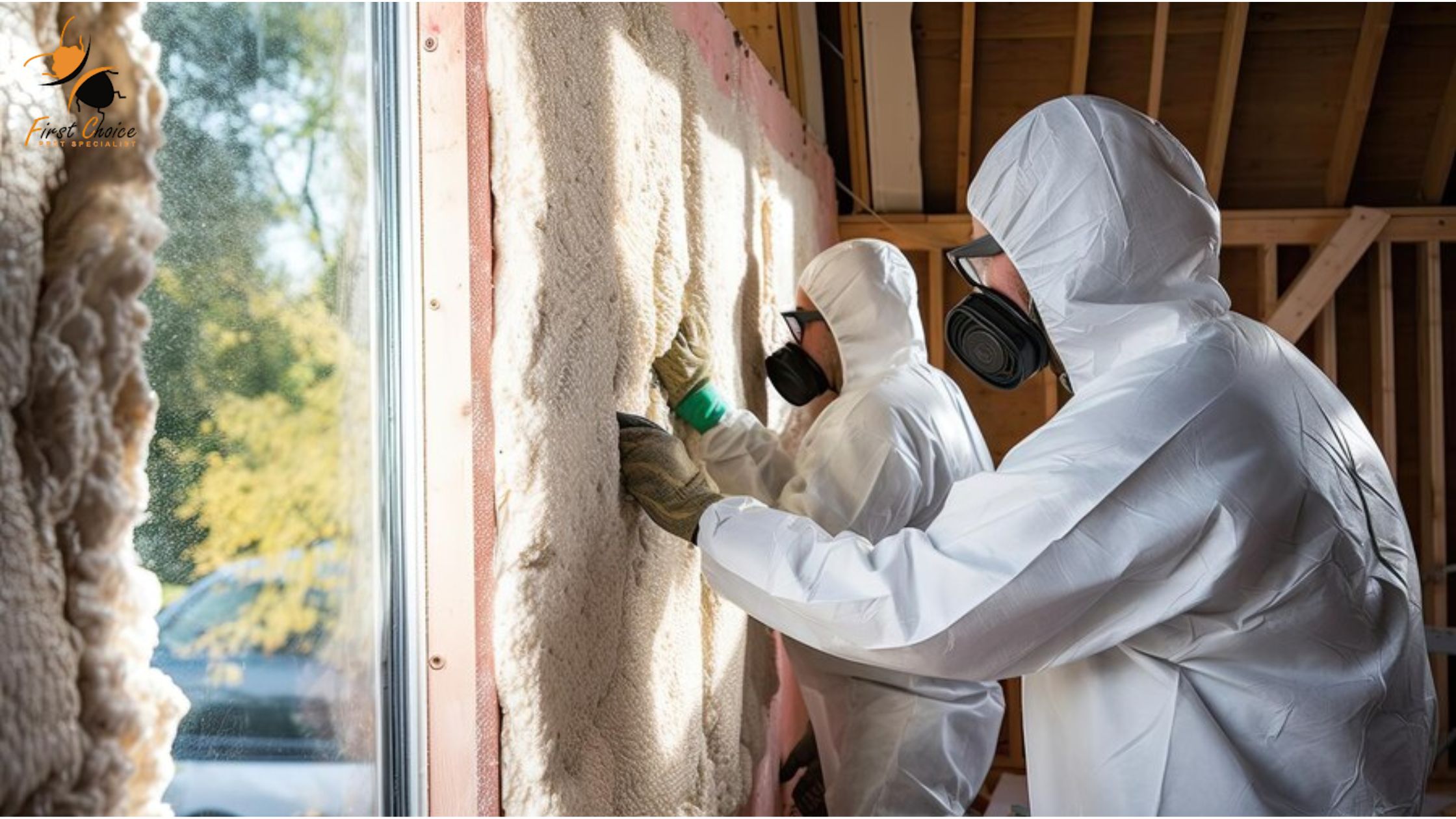Exploring The Different Types of Reconstructive Plastic Surgery

Plastic surgery can improve the appearance and restore function to body parts damaged by trauma, burns or disease. It may also help correct congenital abnormalities.
Reconstructive procedures include breast reconstruction after mastectomy, reduction mammaplasty, cleft lip and palate repair, and burn treatment. Some reconstructive surgeries require microsurgery to reattach arteries, veins and nerves.
Skin Grafts
A skin graft is a patch of healthy tissue your surgeon moves or transplants to cover an injured area. It is used to heal large wounds. Replace missing skin and improve the appearance of damaged skin.
Your surgeon may use split-thickness or full-thickness skin grafts. During a split-thickness graft, your surgeon removes only the top layer of your skin. The epidermis. And a portion of the lower layer, the dermis. Full-thickness grafts take the whole thickness of your skin. Requiring surgeons to remove healthy skin from areas covered with clothing (such as the abdomen, groin, forearm or area above the collarbone).
Once your doctor selects the skin for your graft, they will place it over the surgically cleaned wound. It is then secured with surgical dressings or staples until it connects to a new blood supply, usually taking about five days. The graft must then be kept clean, dry and protected until you come in for a follow-up appointment.
Flap Surgery
This reconstructive surgery moves healthy tissue from another part of your body to cover a wound. A surgeon like Dr. Joel Aronowitz makes an incision in the new tissue, called a flap while leaving it attached at one end so that it continues to be nourished by its original blood supply.
A flap may contain only fatty tissues, or it can include muscle as well. Often. Surgeons can get better cosmetic results by “islanding” a flap on its vascular pedicle (a portion of tissue that provides its blood supply), which allows greater flap length.
Once the surgical team has removed the flap and moved you to a recovery room, they will monitor your flap’s blood supply with a Doppler ultrasound or by feeling for signs that it needs to be reconnected to a blood vessel. Such as swelling or color changes in the flap. They will also monitor your pain level, temperature, and heart rate. Eventually, your doctor will tell you when to stop taking antibiotics and remove the dressing.
Tissue Expansion
Unlike skin flap surgery, tissue expansion causes your body to grow healthy supplementary tissue to replace damaged skin. This valuable reconstructive technique has been around for over three decades and is used on almost all body parts.
This is called local flap surgery. The skin stays attached to the blood supply, so it heals quickly and with fewer complications.
Your surgeon may use tissue expansion for larger defects, such as ear reconstruction after a trauma or severe burns. Or in complex cases like treating congenital abnormalities or reconstructing open fractures or large wounds of the lower limbs. Tissue expansion works well in areas where other reconstructive techniques would not be as successful. And it can be done for cosmetic reasons. However, it is important to discuss your flexibility and tolerance for the stress of this procedure with your surgeon.
Autologous Tissue
This type of breast reconstruction requires specialized microsurgical techniques.
To perform autologous breast reconstruction. Surgeons such as Joel Aronowitz MD create a flap of skin, fat and muscle from another part of your body, such as the abdomen, back or buttocks. The flap is then used to rebuild the breast. Unlike other types of breast reconstruction. These procedures spare muscle tissue, which helps you retain a normal range of movement and strength.
Autologous breast reconstruction using the GAP or msTRAM flap technique is less invasive than traditional TRAM procedures. However, it is still a demanding procedure that must be carefully planned and executed. The risk of flap failure is higher, as the tissue may lose its blood supply if not properly maintained. This type of reconstruction usually requires a longer hospital stay and recovery period.



